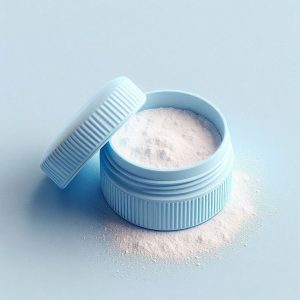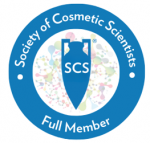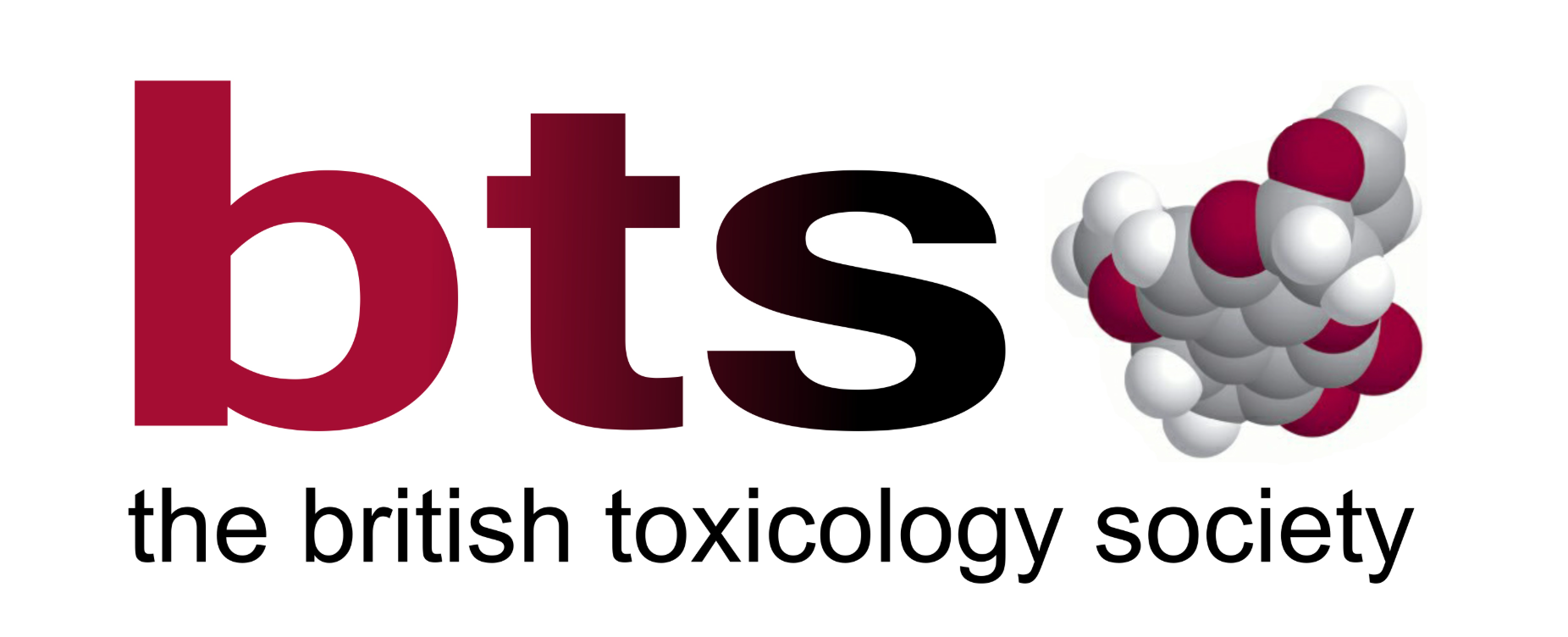Will Talc be banned in cosmetics?

Talc is a very commonly used ingredient, in cosmetics and many other industries.
It is at risk of being banned in the EU for use in cosmetics, based on a recent Committee for Risk Assessment (RAC) report, which has classified talc as a Carc. 1B substance.
Background of the Process to Classify a Chemical
The Classification, Labelling, and Packaging (CLP) Regulation governs how chemicals are classified for hazards. ECHA (European Chemicals Agency) implements the CLP Regulation.
The Committee for Risk Assessment (RAC) is an independent scientific committee established by ECHA. It evaluates the hazardous properties of chemicals and provides opinions on their classification and labelling. RAC’s assessments are based on scientific evidence and contribute to the harmonised classification of chemicals within the EU.
When a harmonised classification has been agreed upon and adopted at the European Union level, this classification is binding across all EU member states and ensures consistency in how hazards are communicated and managed. A non-harmonised classification is one that has not been agreed upon at the EU level and may vary between different member states or regions (and even between different suppliers).
What is the Proposed Harmonised Classification for Talc?
The RAC were asked to consider the classification of carcinogenicity. After reviewing the submitted data they proposed a classification of Carc. 1B, STOT RE1 with hazard statement codes: H350, H372 (lungs, inhalation). STOT RE1 means Specific Target Organ Toxicity – Repeated Exposure, and the specified organ is the lung.
RAC concluded that there is sufficient evidence that talc can induce tumours at different sites and in different species based on limited evidence in animals (lung tumours in female rats) and limited evidence in humans (ovarian tumours in women). They noted that the mode of action that could cause both these types of tumour is plausible.
As soon as an ingredient has a harmonised Carc. 1 classification, it automatically gets banned for use in cosmetic products UNLESS companies / groups / organisations apply to defend the ingredient and get an exemption e.g. if there isn’t an alternative that could be used.
What Happens Next?
If the RAC’s proposal is confirmed, the change will be published as an ATP (Adaptation to Technical and Scientific Progress). Talc will be added to Annex II of the Cosmetic Regulation for Prohibited Substances in the EU and the information will get confirmed in a legislative regulation called the CMR Omnibus. Once the CMR Omnibus takes effect, there is usually a transition period when existing products contains talc can still be sold, but a shorter deadline for any new products to be launched. This whole process can take up to 2 years.
If the EU implements this ban, it can be expected that the UK will follow suit.
For now, talc can be used, and I would still accept it for use in the EU and UK.
What Else is There to Know about Talc?
It is insoluble in water, alcohol, and vegetable oils and therefore dermal absorption through the skin will be negligible. Talc has been a subject of speculation for many years. The evidence seemed to suggested that any correlation between talc use and increased incidence of ovarian cancer was difficult to prove to be causative.
Talc is mined, and in the past (mid-20th century) was found to contain asbestos-type fibres, but for many years talc grades used in cosmetic and pharmaceutical products have been highly purified with a limit of zero asbestos fibres.
About the Author

Geraldine Garrs is a member of the Royal Society of Chemistry, CTPA, British Toxicology Society and the Society of Cosmetic Scientists. Geraldine is an independent Cosmetic Safety Assessor and Chartered Chemist with over nine years of experience helping more than 700 brands ensure their cosmetic products are safe and compliant. She specialises in preparing Cosmetic Product Safety Reports (CPSRs) for UK and EU. Geraldine is passionate about supporting small cosmetic businesses and simplifying complex regulations. Learn more at www.generalcosmeticsafety.co.uk
Get in Touch
If you’d like to discuss any of your products or ranges, please use the contact form here.
Qualifications: CChem (Royal Society of Chemistry). MSc (Distinction), University of Strathclyde, BSc (Hons) Chemistry, University of Nottingham and Certificate – Safety Assessment of Cosmetics in the EU, Vrije University Brussels





